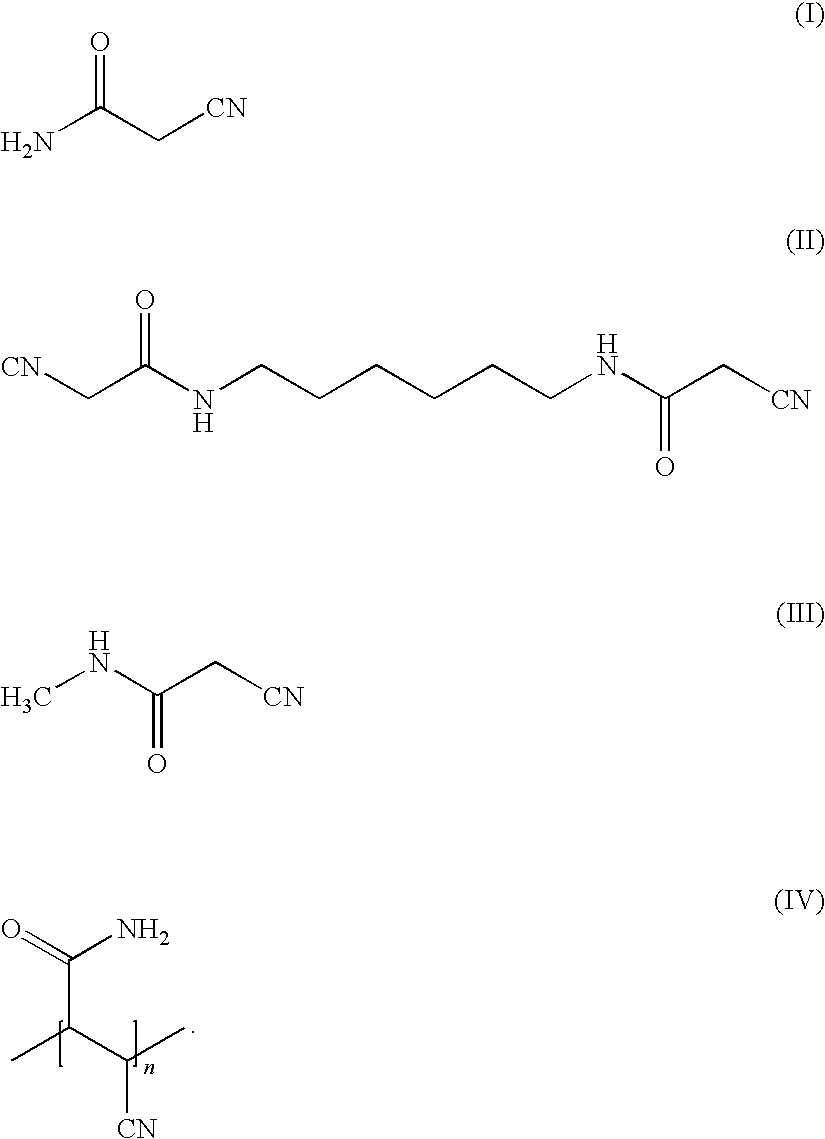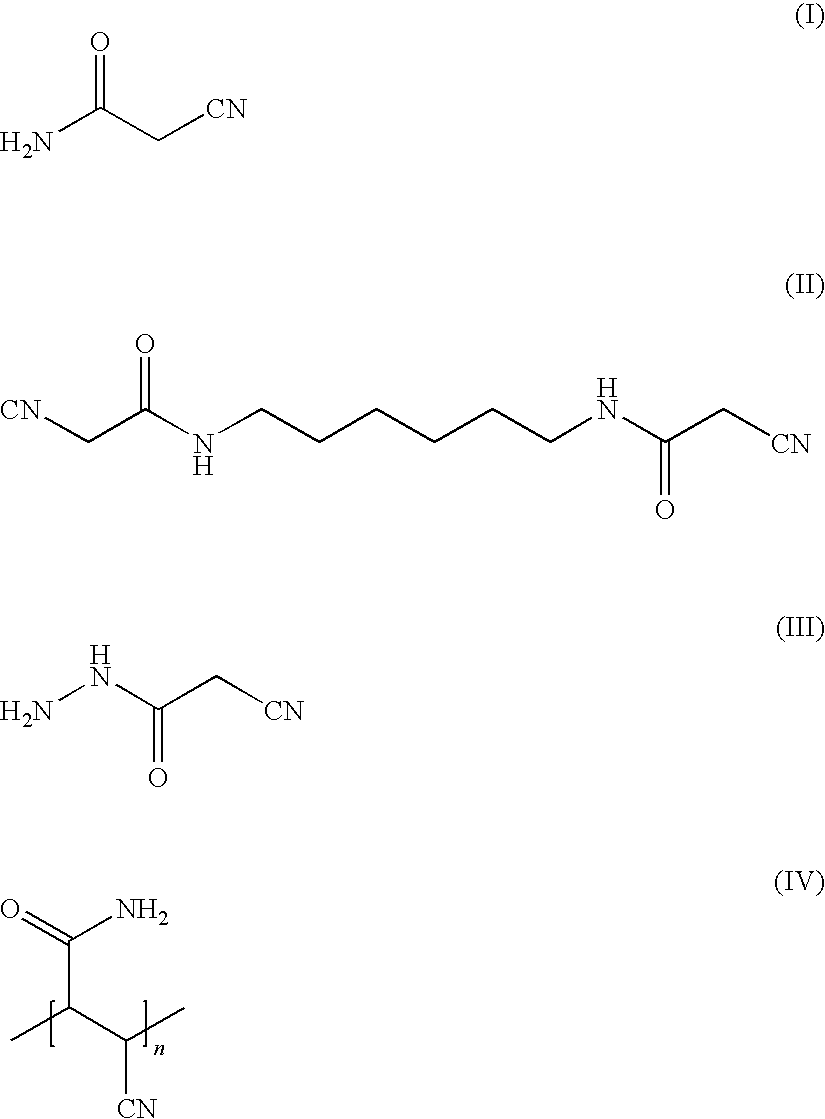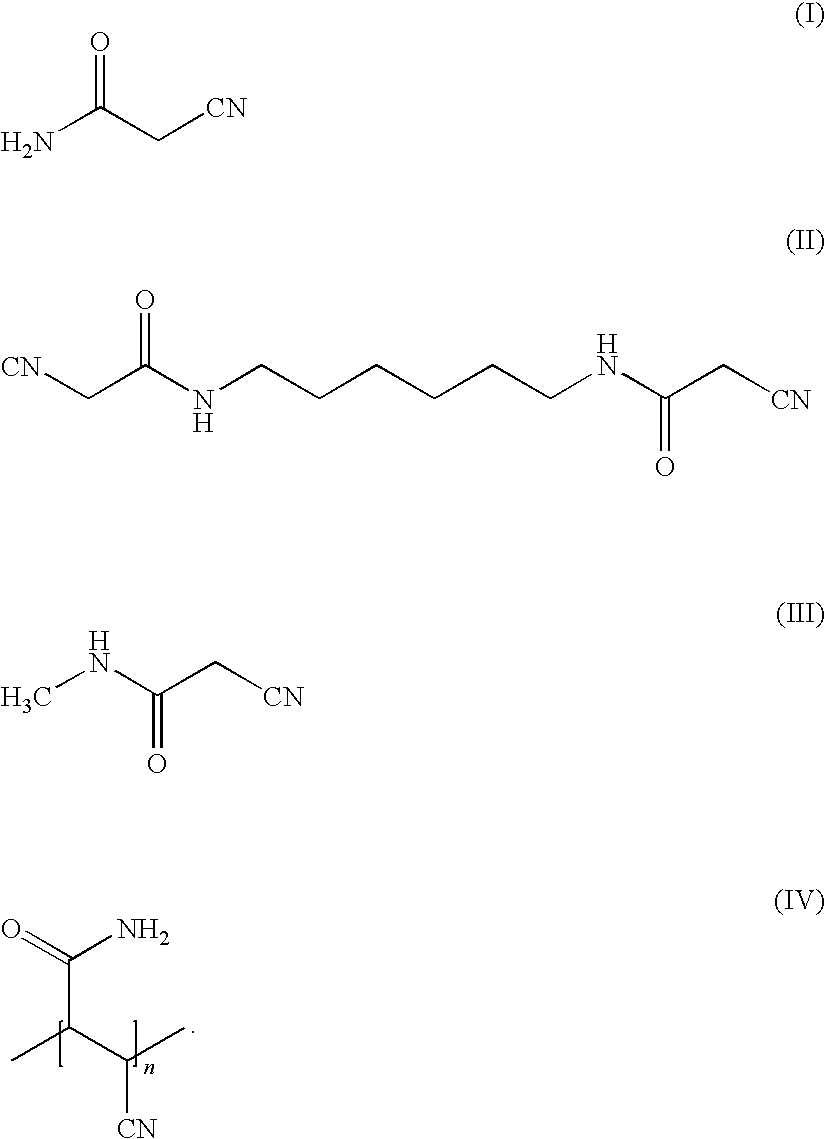Process for lowering emissions of a polyurethane foam
a technology of polyurethane foam and emissions reduction, which is applied in the field of process for lowering emissions of polyurethane foam, can solve the problems of general undesirable emissions of formaldehyd
- Summary
- Abstract
- Description
- Claims
- Application Information
AI Technical Summary
Problems solved by technology
Method used
Image
Examples
examples
[0086]Description of the Raw Materials
[0087]Component A-1-1:
[0088]Polyether polyol with hydroxyl value 28, produced by addition of propylene oxide and ethylene oxide in a ratio of 86.2 to 13.8 % using glycerin as starter with at least 80% primary OH groups.
[0089]Component A1-2:
[0090]Polyether polyol with hydroxyl value 37, produced by addition of ethylene oxide and propylene oxide in a ratio of 72.5% to 27.5% using glycerin as starter with at least 80% primary OH groups.
[0091]Component A2-1: Diethanolamine
[0092]Component A3-1: Water
[0093]Component A4:
[0094]Component A4-1:
[0095]Stabiliser Tegostab® B 8734 LF (Degussa-Goldschmidt).
[0096]Component A4-2:
[0097]Activator Jeffcat® ZR 50, (Huntsman); an amine containing a functional group that reacts chemically with the isocyanate.
[0098]Component A4-3:
[0099]Activator Dabco® NE 300 (Air Products); contains a urea derivative.
[0100]Component A5-1:
[0101]Cyanoacetic acid amide
[0102]Component B-1:
[0103]Isocyanate mixture (from the MDI series) con...
PUM
| Property | Measurement | Unit |
|---|---|---|
| weight | aaaaa | aaaaa |
| mechanical properties | aaaaa | aaaaa |
| parts-by-weight | aaaaa | aaaaa |
Abstract
Description
Claims
Application Information
 Login to View More
Login to View More - R&D
- Intellectual Property
- Life Sciences
- Materials
- Tech Scout
- Unparalleled Data Quality
- Higher Quality Content
- 60% Fewer Hallucinations
Browse by: Latest US Patents, China's latest patents, Technical Efficacy Thesaurus, Application Domain, Technology Topic, Popular Technical Reports.
© 2025 PatSnap. All rights reserved.Legal|Privacy policy|Modern Slavery Act Transparency Statement|Sitemap|About US| Contact US: help@patsnap.com



